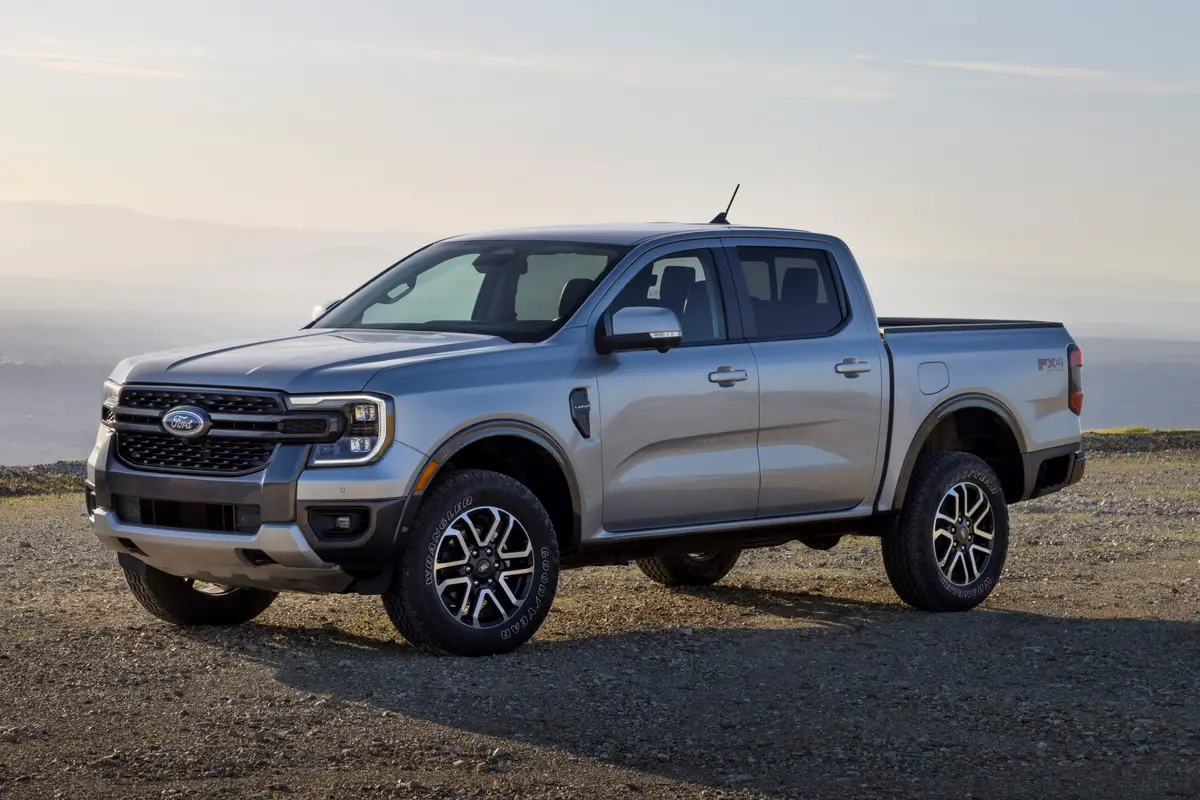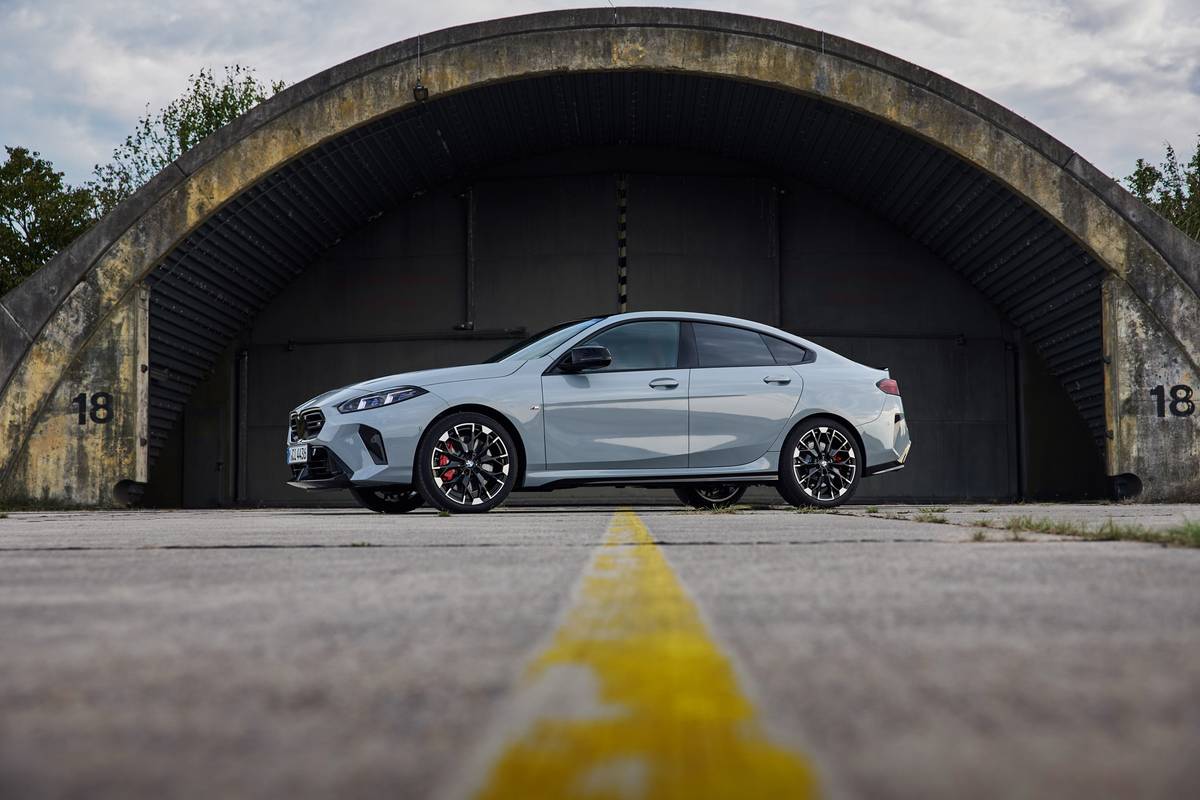The Morning Call and Mcall.com's view
To those of us who grew up in the heyday of The Brady Bunch, the idea of driving a station wagon, ANY station wagon, appeals about as much as an orange shag carpet and avocado appliances.
Still, with leviathan SUVs giving OPEC oil barons a reason to praise the West every morning, it comes as little surprise that station wagons would pop up as an alternative.
If that doesn’t seem like an obvious connection, here it is: minivans supplanted station wagons, SUVs supplanted minivans. So now, we’ve gone full circle.
Of course, as long as you’re going to drive one of these dreaded family-mobiles, few wagons could match the sublime appeal of the new Saab 9-5.
Saabs have always been somewhat different than your average car. Every Saab ever made has been a front-wheel-drive automobile. Most true Saabs have the ignition key between the seats. And for the past 25 years or so, Saab has been at the forefront of developing the turbo-charged engine.
So for 2002, the Saab 9-5 benefits from a number of refinements that make the car seem almost — gasp! — mainstream.
Don’t worry, the ignition key is still between the seats.
But there has been a modest restyling, including a new grille, headlamps, front and rears fascias, along with revised tail lamps. Only Saab fanatics (like my brother) will notice.
More important are the numerous engineering refinements the car receives.
This year, the 9-5 is available in three trim levels. The base trim level is called the Linear. The Linear gets Saab’s 2.3-liter 185-horsepower turbo-charged four-cylinder engine with either a 5- speed manual or all-new 5-speed automatic. A Brady-like wood-trim dash, cloth seats and 10-spoke alloy wheels are standard equipment.
Next rung on the ladder is the ARC. You still get the wood dash, but the drivetrain consists of a 3-liter V-6 and the 5-speed automatic only. At least you get 5-spoke BBS alloy wheels.
Finally, the Aero is the top of the heap. No wood dash here. It’s trimmed in aluminum, and 17-inch BBS 10-spoke wheels and special sports seating add to the package. A high-output version of the 2.3- liter turbocharged four-cylinder is standard. You can choose either transmission with this engine, which produces a healthy 250 horsepower.
It’s strong.
There is some minimal initial turbo lag, but it disappears quickly. This engine revs effortlessly, allowing you to inadvertently drive faster than you might think.
How fast?
Let’s just say triple-digit speeds come easily. The Aero is a difficult car to launch smoothly, because the accelerator is very touchy. But the car can handle the speed, only leaning moderately in corners. The grip is tenacious and torque steer well controlled.
Braking is above average, but it lacks the clear powerful stopping ability of German cars. Still, it’s on par with other European cars.
The 9-5 does an outstanding job of soaking up ruts and bumps, without sacrificing handling. The ride is compliant, yet not soft.
The vehicle is very quiet. It’s a big improvement over the previous 9-5.
The biggest disappointment? It has lost some of its sporting edge in the name of refinement. Yet it’s not enough to put off an enthusiastic driver.
The interior carries over from last year — well-built, solid and very European.
Crisp, clear white-on-black gauges are easy to read and include a turbo-boost gauge. A center stack has controls for the AM/FM/ cassette/CD audio system, a multifunction trip computer and dual automatic climate control.
A glitch Saab has failed to address since introducing the 9-5 is the climate control, which needs to be reset each time the car is started, a very frustrating annoyance. But the climate control was very effective, as were the heated seats, an menity available to all passengers.
There are other quirky things that make this vehicle a Saab. It has a four-cylinder engine in a class that demands six-cylinders. The payoff is good fuel economy: almost 22 mpg. It also has an air- conditioned glove box to keep various items cool. The Night Panel, derived from Saab aircraft, extinquishes all extraneous lights at night on the dashboard, except for the speedometer. The Night Panel also illuminates items on a need-to-know basis. Very handy.
The seats are comfortable and supportive. Leg room is good up front, but only average for the middle row. The rear cargo area doesn’t have seats, but it does have lots of storage space. A folding cargo cover keeps stuff out of sight, as does a small hinged storage area and two smaller covered bins.
It’s easy to overlook the Saab 9-5 when looking for a premium wagon. Other cars leap to mind first. But the 9-5 has a unique character that is appealing and not like every other car on the road.
And thankfully, it performs a lot better than the Bradys’ boat did.
lprintz@mcall.com
610-820-6713
SAAB 9-5 AERO WAGON
Engine: 2.3-liter HOT 4-cylinder
Transmission: 5-speed manual or 5-speed automatic
Tires: P225/45R17
Wheelbase: 106.4 inches
Length: 189.3 inches
Width: 80.4 inches
Weight: 3,590 pounds
Cargo volume: 31.4 cubic feet,
seats up; 73 cubic feet, seats down
Base price: $39,350
As tested: $42,300
EPA rating: 19 city, 28 highway
Test mileage: 22 mpg
Fuel type: Premium
Built in: Trollhattan, Sweden
Latest news



